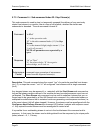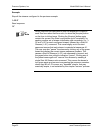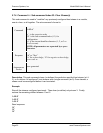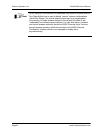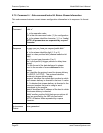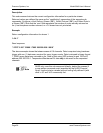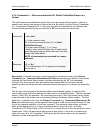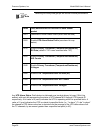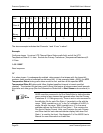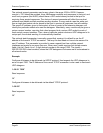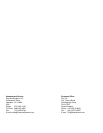
Pressure Systems, Inc. Model 9046 User’s Manual
Page 61 www.PressureSystems.com
The optional remport parameter may be any value in the range 1024 to 65535. However,
remport = 7001 should be avoided, since NetScanner modules emit responses to that port, and
most host programs (like NUSS) should have a UDP socket already bound to that port for
receiving these special responses. The choice of
remport parameter will affect the way host
software must handle multiple modules sending streams. If every module uses the same port,
then a single host socket can be bound to that port to receive all responses from all modules.
The remote IP address, given to that socket, at time of receipt of the stream’s datagram, will
identify the particular module who sent the datagram. Alternately, every module may be given a
unique
remport number, requiring that a host program bind a unique UDP socket to each of
these unique
remport numbers. Then, when a particular socket receives a UDP datagram to its
unique port, the module sending it is automatically identified.
The optional
ipaddr parameter is normally unspecified, causing it to default to use the IP
address of the current TCP/IP connection. That way the host need not have to be aware of its
own IP address. This parameter is provided in case a special host has multiple network
interfaces and wants to use more than one. When used,
ipaddr requires four dotted numeric
fields (
d.d.d.d). Each d is a 1-3 digit decimal number in the range 0-255. The ipaddr =
255.255.255.255 is best avoided, unless the UDP datagrams of streams are to be broadcast to
all network nodes.
Example:
Configure all streams to be delivered via UDP/IP protocol. Host expects the UDP datagrams to
arrive via port 7500. The IP Address of the current TCP/IP connection is also used to send each
UDP datagram.
"
c 06 0 1 7500"
Read response:
"
A"
Configure all streams to be delivered via the default TCP/IP protocol.
"
c 06 0 0"
Read response:
"
A"



